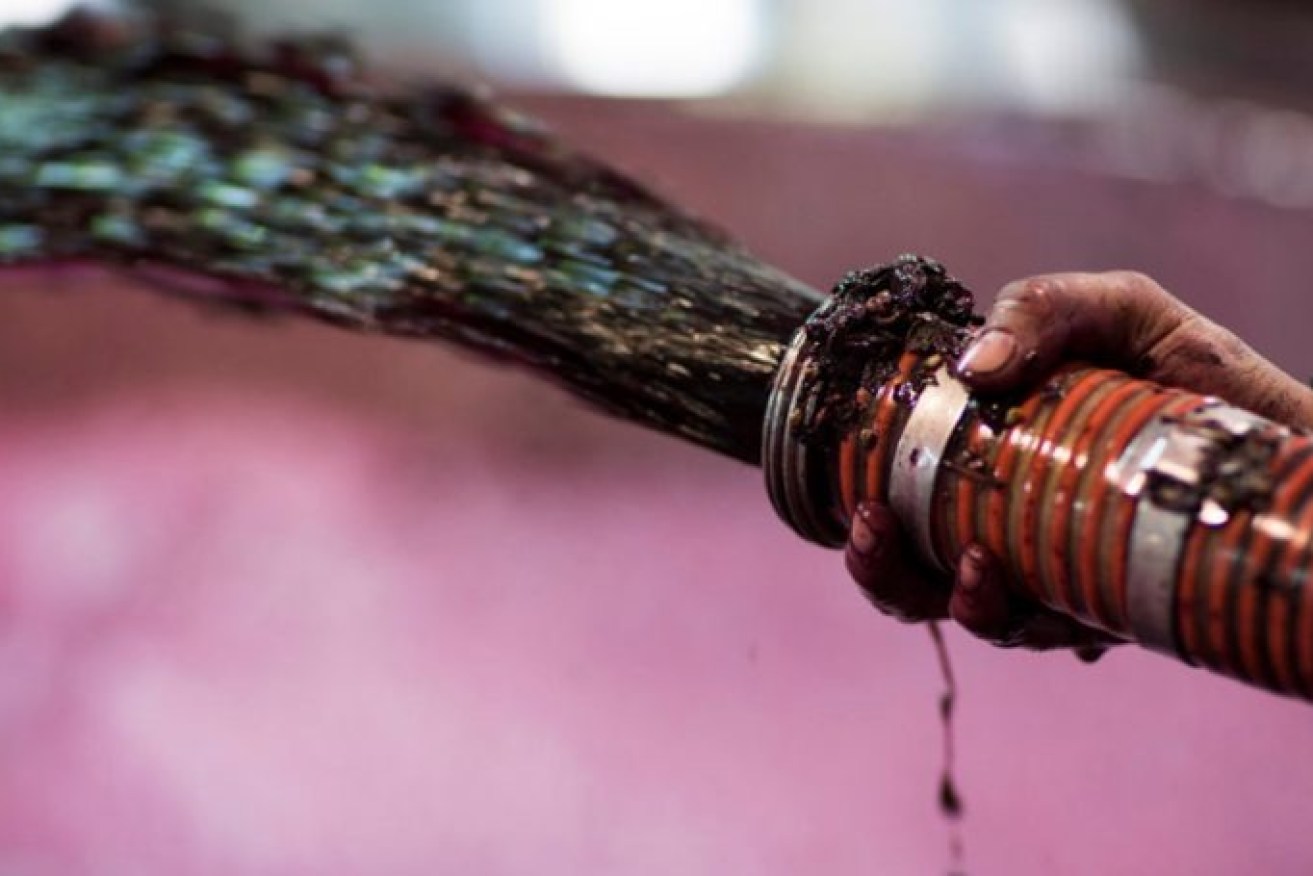Improving trade relations between the two countries and the recent removal of Chinese tariffs on Australian barley has led to optimism that five-year tariffs placed on Australian wine in March 2021 may be removed early.
However, the Rabobank report finds that even in a “best case scenario”, with tariffs removed this year and Chinese consumption of Australian wine recovering quickly, this would “not be a panacea”, with Australia’s wine industry still facing at least two years to work through its wine surplus.
Report author, RaboResearch associate analyst Pia Piggott, said while this isn’t good news for Australian winemakers, there is an upside for consumers, with the oversupply keeping prices down for many quality Australian red wines.
Piggott said the equivalent of 859 Olympic swimming pools worth of wine was in storage.
“That’s over two billion litres of wine, or over 2.8 million bottles of the wine,” she said.
She said the value of exports decreased 33 per cent over the past two years because of the Chinese anti-dumping tariffs.
The Rabobank report said it has been difficult for Australia to grow total exports in the absence of the Chinese market over the last few years, despite competitive pricing, a valuable brand and quality product.
“In a push to move volume, bulk wine has grown from 55 per cent pre-tariff to over 60 per cent of exports and as long as stocks need to be shifted as bulk shipments, prices will remain depressed,” she said.
“In the United Kingdom, Australian imports have fallen from their peak in 2020 as off-premises consumption of wine declines following COVID reopening.
“In the United States bulk wine has grown to represent 25 per cent of imports from Australia, with increasing volumes and declining average value.
“In 2023 and onwards we expect the UK and US will remain key export markets for Australian wine, however some headwinds remain. In the UK, implementation of new alcohol duty rates will increase duties payable on a typical bottle of Australian wine by 20 per cent (750ml at 12.5 per cent alcohol).”
These duty increases were greater than the new Australia-UK Free Trade Agreement’s tariff benefits for Australian wine.
“Penalties for Australian wine are worse under these new regulations, and there will be further margin pressure in the market, weighing on growth of Australian exports to the UK,” she said.
The Rabobank report said acreage needs to be reduced in order for the Australian wine industry to return to balance and profitability, so over the next five years there will be a rationalisation of assets throughout the supply chain.
Piggott said margin pressure from both ends will remain high for vineyards, particularly for uncontracted vineyards with a high mix of red varieties.
“For wineries, particularly those selling commercial wine, stocks will remain high for some time as businesses slowly work through selling inventory. While some brands have increased bulk shipments and been able to heavily discount stock, this will need to continue for some time to rebalance the market,” she said.
And for large retailers/investors with diverse income streams, the current market provides ample buying opportunities as distressed vineyard/winery assets come up for sale.
“Through this we can expect increased consolidation of vineyards and wineries as businesses invest to expand their distribution,” she said.





